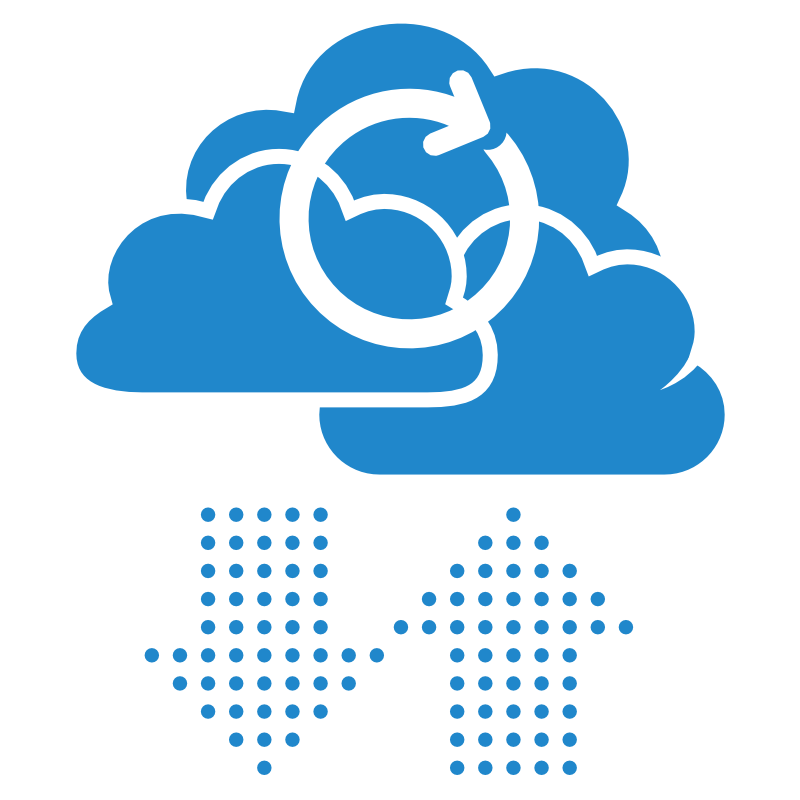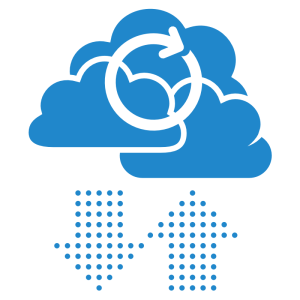
Looking back at 2014
 2014 was the year that the cloud went mainstream. Now that we have access to everything from everywhere, I can’t help but wonder how we ever coped with programs hosted locally on single computers and working with non-collaborative documents.
2014 was the year that the cloud went mainstream. Now that we have access to everything from everywhere, I can’t help but wonder how we ever coped with programs hosted locally on single computers and working with non-collaborative documents.
As the year draws to a close, it’s important to take a minute away from the pies and the eggnog to reflect on 2014, and think about what we can take from the big tech trends of the year:
- Price wars in enterprise cloud = savings for businesses
The big story of the year is the massive extent to which cloud prices have fallen. On March 25, 2014, Google slashed the prices of all of its cloud offerings, with Compute Engine prices cut 32%, data storage cut 68%, and BigQuery cut 85%. Microsoft followed suit on September 25, 2014, announcing more modest price cuts to Azure cloud services.
Over the last six weeks, more price reductions have been introduced, with Amazon introducing upfront billing for cloud services, with savings up to 75% off the on-demand prices for three-year agreements. Amazon also has lowered the price of outbound data transfer for US and Europe centers by 25%, Australia by 26%, and Tokyo by 30%.
- Focus on renewable energy
Advancements have also been made in cloud computing becoming more ecologically friendly. In November 2014, Amazon announced it will embark on a long-term commitment to achieve 100% renewable energy usage for our global infrastructure footprint.” Additionally, the German company Cloud&Heat introduced a specially-designed cabinet to heat the homes of customers by placing cloud servers into private residences and harvesting the heat generated to warm the air and water.
- Big Data is Big
Big Data went from a buzzword to best bet in 2014. Just think about the more than $200 million in venture capital raised by the top three NoSQL database vendors, or the $1 billion raised by the top-three Hadoop software distributors. Many took note of the recent declaration by Forrester Research that “Hadoop is no longer optional” for large enterprises, thanks to compelling “Hadooponomics” that make it a must for high-scale storage and data processing.
- Cloud adoption continues accelerating in the enterprise
Finally, the IDG Enterprise Cloud Computing Study 2014 found that cloud investments have increased by 19% in large-scale enterprises (1,000+ employees) spending on average $3.3M a year. In 2015, 24% of IT budgets will be allocated to cloud solutions, with the highest percentage being allocated to SaaS models.
What other cloud trends caught your eye this year? Are you optimistic about the future of cloud as being a budget-friendly replacement for in-house systems? Share your thoughts in the comments.
Photo Credit: https://www.flickr.com/photos/8267177@N02/4694734673/




